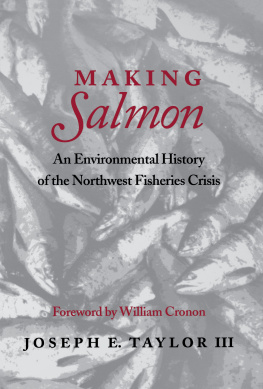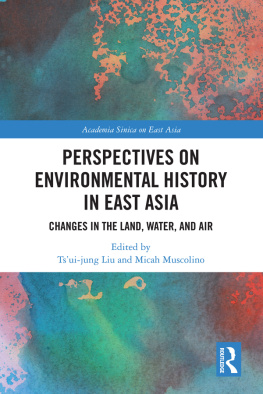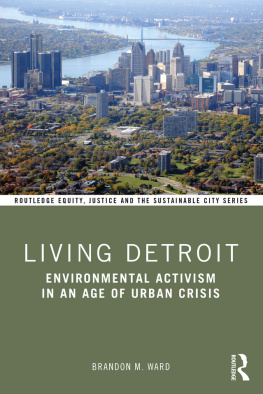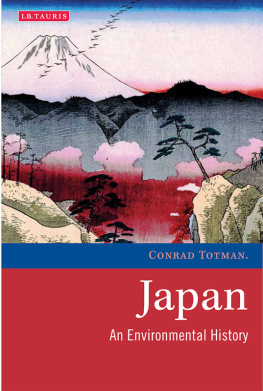Joseph E. Taylor III - Making Salmon: An Environmental History of the Northwest Fisheries Crisis
Here you can read online Joseph E. Taylor III - Making Salmon: An Environmental History of the Northwest Fisheries Crisis full text of the book (entire story) in english for free. Download pdf and epub, get meaning, cover and reviews about this ebook. City: Seattle, year: 2009, publisher: University of Washington Press, genre: History. Description of the work, (preface) as well as reviews are available. Best literature library LitArk.com created for fans of good reading and offers a wide selection of genres:
Romance novel
Science fiction
Adventure
Detective
Science
History
Home and family
Prose
Art
Politics
Computer
Non-fiction
Religion
Business
Children
Humor
Choose a favorite category and find really read worthwhile books. Enjoy immersion in the world of imagination, feel the emotions of the characters or learn something new for yourself, make an fascinating discovery.
- Book:Making Salmon: An Environmental History of the Northwest Fisheries Crisis
- Author:
- Publisher:University of Washington Press
- Genre:
- Year:2009
- City:Seattle
- Rating:4 / 5
- Favourites:Add to favourites
- Your mark:
- 80
- 1
- 2
- 3
- 4
- 5
Making Salmon: An Environmental History of the Northwest Fisheries Crisis: summary, description and annotation
We offer to read an annotation, description, summary or preface (depends on what the author of the book "Making Salmon: An Environmental History of the Northwest Fisheries Crisis" wrote himself). If you haven't found the necessary information about the book — write in the comments, we will try to find it.
Winner of the George Perkins Marsh Award, American Society for Environmental History
Making Salmon: An Environmental History of the Northwest Fisheries Crisis — read online for free the complete book (whole text) full work
Below is the text of the book, divided by pages. System saving the place of the last page read, allows you to conveniently read the book "Making Salmon: An Environmental History of the Northwest Fisheries Crisis" online for free, without having to search again every time where you left off. Put a bookmark, and you can go to the page where you finished reading at any time.
Font size:
Interval:
Bookmark:
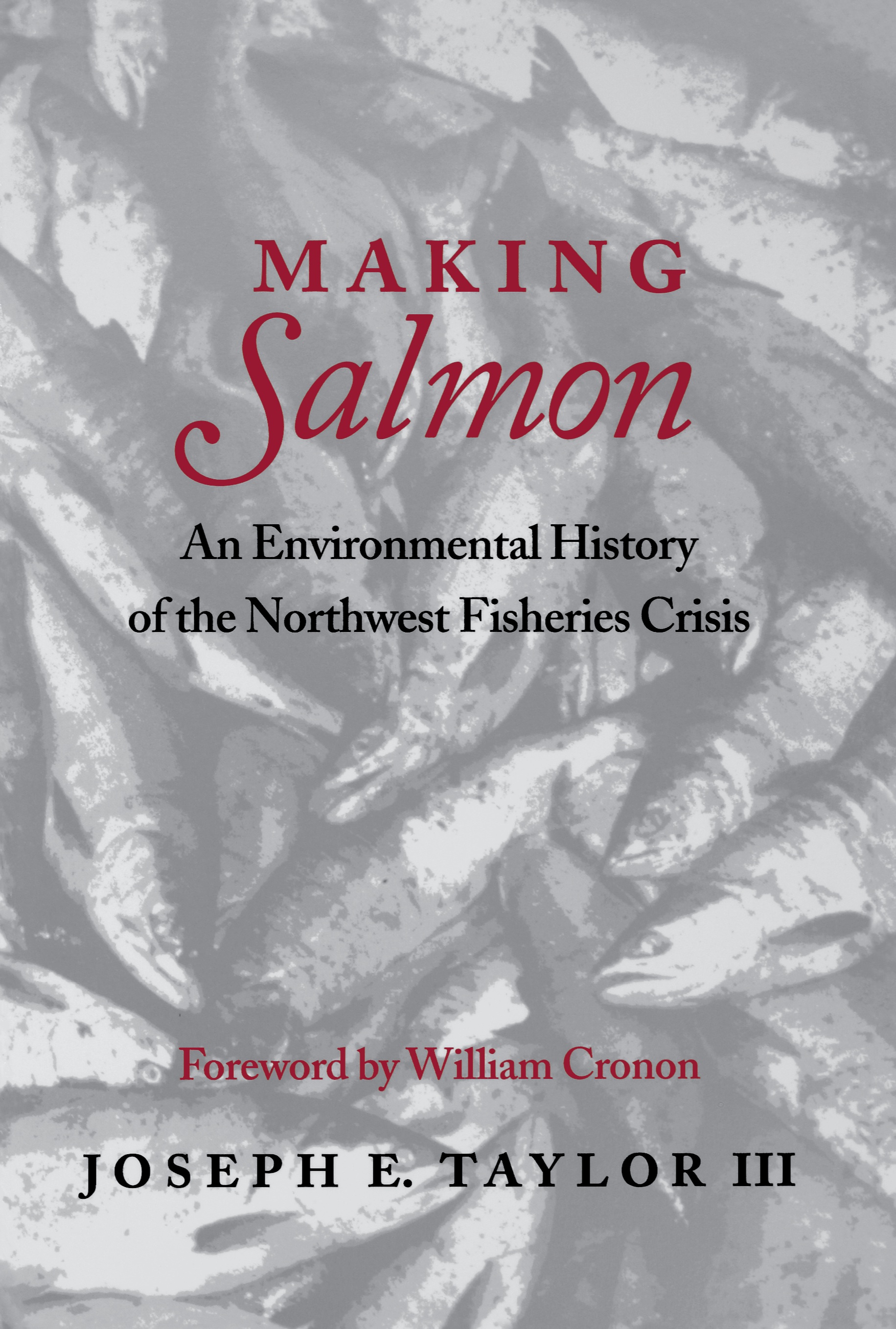
WEYERHAEUSER ENVIRONMENTAL BOOKS
Weyerhaeuser Environmental Books explore human relationships with natural environments in all their variety and complexity. They seek to cast new light on the ways that natural systems affect human communities, the ways that people affect the environments of which they are a part, and the ways that different cultural conceptions of nature profoundly shape our sense of the world around us.
The Natural History of Puget Sound Country by Arthur R. Kruckeberg
Forest Dreams, Forest Nightmares: The Paradox of Old Growth in the Inland West by Nancy Langston
Landscapes of Promise: The Oregon Story, 18001940, by William G. Robbins
The Dawn of Conservation Diplomacy: US.-Canadian Wildlife Protection Treaties in the Progressive Era by Kurkpatrick Dorsey
Irrigated Eden: The Making of an Agricultural Landscape in the American West by Mark Fiege
Making Salmon: An Environmental History of the Northwest Fisheries Crisis by Joseph E. Taylor III
WEYERHAEUSER ENVIRONMENTAL CLASSICS
The Great Columbia Plain: A Historical Geography, 18051910, by D. W. Meinig
Mountain Gloom and Mountain Glory: The Development of the Aesthetics of the Infinite by Marjorie Hope Nicolson
CYCLE OF FIRE BY STEPHEN J. PYNE
World Fire: The Culture of Fire on Earth
Vestal Fire: An Environmental History, Told through Fire, of Europe and Europe's Encounter with the World
Fire in America: A Cultural History of Wildland and Rural Fire
Burning Bush: A Fire History of Australia
The Ice: A Journey to Antarctica
Salmon
An Environmental History of the Northwest Fisheries Crisis
JOSEPH E. TAYLOR III
University of Washington Press
SEATTLE AND LONDON
To
Mom and Dad,
Bill and Joyce
&
Harvey and Lavonne
Copyright 1999 by the University of Washington Press
Printed in the United States of America
All rights reserved. No part of this publication may be reproduced or transmitted in any form or by any means, electronic or mechanical, including photocopy, recording, or any information storage or retrieval system, without permission in writing from the publisher.
Library of Congress Cataloging-in-Publication Data
Taylor, Joseph E.
Making salmon: an environmental history of the
Northwest fisheries crisis /Joseph E. Taylor III.
p. cm. (Weyerhaeuser environmental books)
Includes bibliographical references.
ISBN 0-295-97840-6 (alk. paper)
ISBN 978-0-295-98114-7 (electronic)
1. Pacific salmon fisheriesNorthwest, Pacific Management-History. I. Title. II. Series: Weyerhaeuser environmental books.
SH348.T39 1999 99-35414
333.95'656'09795-dc21 CIP
The paper used in this publication is acid-free and recycled from 10 percent post-consumer and at least 50 percent pre-consumer waste. It meets the minimum requirements of American National Standard for Information SciencesPermanence of Paper for Printed Library Materials, ANSI Z 39.481984.
Speaking for Salmon
Conservation biologists speak these days of keystone species, organisms so central to the functioning of an ecosystem, so tied to a multitude of other creatures, that their removal can have far-reaching, even devastating consequences. In the face of growing extinction rates worldwide, the possibility that the disappearance of one particular organism might carry away many others in its wake is especially frightening to contemplate. What is less often remarked upon is that the ecological characteristics we associate with such keystone species are often accompanied by corresponding and no less essential cultural characteristics as well. The radical depopulation of bison herds on the Great Plains during the nineteenth century had profound implications not just for the grassland environment but for the cultures and ways of life of virtually every Indian community on the Plains, to say nothing of American culture more generally. Dislodge the keystone, and the architecture of which it is a part is altered and put at risk in ways that are almost impossible to predict.
In the Pacific Northwest, this role of keystone has long been played by the several species of salmon whose migrations between river and sea have been as crucial to human cultures as they have to natural ecosystems. For millennia, native peoples have gathered beside the Columbia and its tributary streams to harvest an incredible treasure of shining flesh as these extraordinary fish have sought to complete their thousand-mile journey back to the sites of their birth. In the two centuries since Euro-Americans first arrived in the Oregon country, salmon have been subjected to a host of new pressures from human activities: intense harvesting by commercial fisheries, radical disruption of watersheds by dams and land use changes, competing demand from sportfishing, changes in water quality, and a variety of conservation efforts focused in strikingly different ways on preservingsalmon runs. The story of salmon has been entangled with that of human beings for so long in this region that it is almost impossible to imagine the two in isolation from each other. The salmon is not just a keystone species but a cultural icon of the first order, a powerful symbol of all that the Pacific Northwest is and has been.
In Making Salmon, Joseph Taylor weaves together these different stories as skillfully and compellingly as any scholar has ever done. Tracing the history of the Oregon salmon runs over the past century and a half, he has produced what will surely be regarded as the standard scholarly account of this subject for the next generation. And because the subject is so important, because Taylor's analysis is so germane to arguments now raging about the steps most needed to protect these endangered species, his work will be of interest far beyond the academy. What is so impressive about this book is its refusal to caricature any group of people that have ever declared an interest in Pacific Northwest salmon. They are all here: the natives, the commercial fishers, the dam builders, the sportfishers, the conservationists. Taylor is absolutely scrupulous about presenting the perspectives of each as fairly as he canjust as he is absolutely scrupulous about criticizing the self-interested lenses through which each has viewed the fish they sought to use and protect. The range of his intellectual sympathies is enhanced not only by his training as a first-rate environmental historian but by his experiences working in the commercial fishing fleet of the Pacific Coast and his obvious concern for the fate of the fish and people about whom he writes. One of his most striking arguments is that although many people have sought in the past to speak for salmonto declare what these remarkable fish need in order to remain sustainably present in the ecosystems and human cultures of the Pacific Northwestin fact they have all too often done a far better job of articulating their own needs and perspectives than those of the fish. Speaking for salmon turns out to be far more difficult than many of the fish's most passionate advocates have been willing to recognize, no matter which side of which debate they have been on.
A central strand of Taylor's argument has to do with the role of hatcheries in creating many of the most troubling problems now facing salmon in the Pacific Northwest. The ironies here could hardly be more striking. Hailed in the nineteenth century as a triumphant example of science and technology wedded together to sustain a crucial natural resource for the long run, the hatcheries fostered what environmental historian Paul Hirt, writing in a different context, has called a conspiracy of optimism. By seeming to prove that human beings could intensively harvest vast quantities of fish as long as the animals were managed almost as a form ofagriculture, the hatcheries made it possible to pretend for far too long that subtle ecological and genetic changes which in the long run threatened the very survival of the salmon runs were not occurring. Although Taylor identifies endlessly recurring examples of critics who declared Pacific Northwest salmon to be in a state of crisis, he also shows that responses to this crisis have remained ineffective right down to the present.
Font size:
Interval:
Bookmark:
Similar books «Making Salmon: An Environmental History of the Northwest Fisheries Crisis»
Look at similar books to Making Salmon: An Environmental History of the Northwest Fisheries Crisis. We have selected literature similar in name and meaning in the hope of providing readers with more options to find new, interesting, not yet read works.
Discussion, reviews of the book Making Salmon: An Environmental History of the Northwest Fisheries Crisis and just readers' own opinions. Leave your comments, write what you think about the work, its meaning or the main characters. Specify what exactly you liked and what you didn't like, and why you think so.

